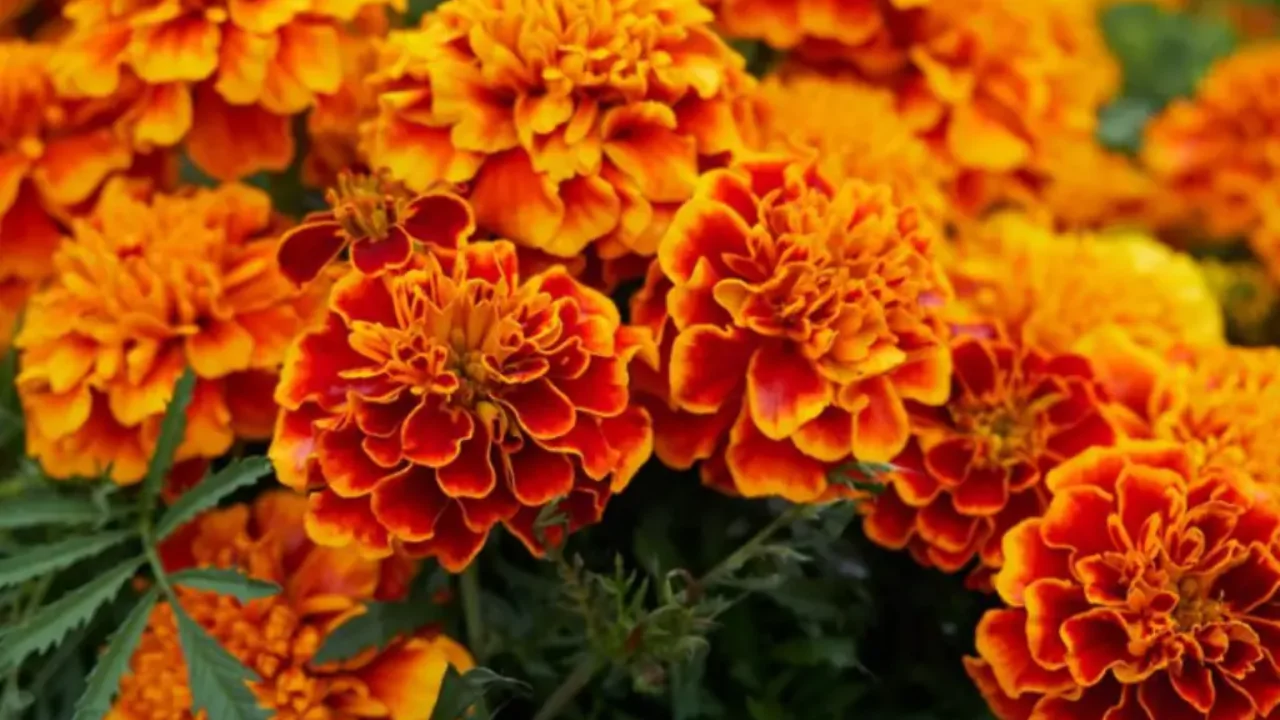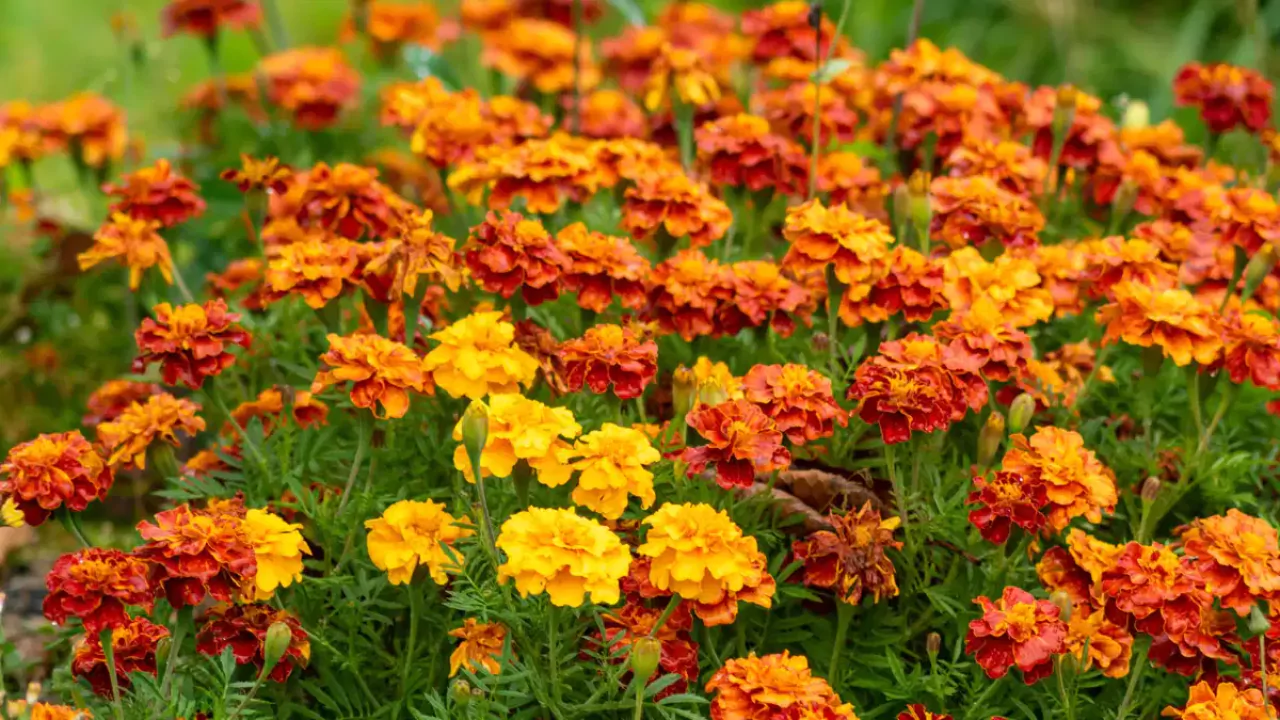
Marigold flowers are most commonly recognized as vibrant orange and yellow flowers that are simple to grow. Their tolerance for poorer soils, their ability to flourish in all but the coldest and most extreme climates, and their forgiving nature in terms of care or even neglect makes these flowers a favorite of gardeners from all over the world. Much like everything else in life, these charming little beauties come with extra.
The name ‘marigold’ means Mary’s Gold and derives from one of the oldest-known species of marigolds – the ‘calendula’ or pot marigold. Other species of marigolds include common marigold, tree marigold, Mexican marigold, corn marigold, and French marigold.
All but the most hybridized varieties of patio and marigold are perennials. With warmer climate zones, the plants thrive the whole year, and in colder areas, they behave like self seeding annuals provided that you do deadheading and leave the blooms on the soil.
In Indo-American regions, marigolds can be started indoors during the early spring so they can be transplanted into the ground or larger pots once the weather permits. Otherwise, the seeds can be sown directly into the soil after the last frost.
Having marigolds is never a question of whether or not, but rather what variety and quantity to plant. In addition to enhancing beauty, marigolds have practical benefits.
Did you know….
1. The marigold’s nectar makes marigolds popular in butterfly gardens since they attract butterflies.
2. The Pigments in their bold colors are allowed for use in coloring various food products in Europe.
3. Marigolds naturally repel nematodes and several other garden pests. For instance, growing them near tomatoes, eggplants, peppers, and potatoes ensures that the plants will be healthier and yield better produce.
4. Rabbits, deer and rodents also eating your plants is prevented by pungent smell of marigolds.
5. Marigolds have therapeutic uses. Athlete’s foot, bites, and stings can be treated with some species of marigolds.

One more reason why a marigold is so popular is that it blooms profusely… marigold flowers can continue to blossom long after other flowers have faded away. The best part is, in the last few weeks of flowering, if you use different colors and sizes of marigolds, your flower garden will still look vibrant and lively.
1. Common, French, and pot marigolds can be cultivated both in pots or in open ground. They will be far more hardy in extreme hot or cold conditions, but will require some additional care. In exceedingly hot temperatures, they will need strict irrigation supervision. In overly cold climates experiencing harsh winters, pots need to be placed in cellars, basements, or garages to prevent freezing.
2. The tree marigold is an option for people that are fortunate enough to live in a tropical climate. Also known as Mexican Sunflower, the tree marigold features a thick, woody stem and can reach heights of up to eight feet.
3. Corn marigolds had been grouped with the chrysanthemums until rather recently. They bloom like daisies with bright yellow petals and white tips encircling a large yellow disc in the center. Corn marigolds are also taller than the common marigolds which are grown in the United States. Corn marigolds are not native to the United Stated but are considered an invasive weed in Europe where they grow profusely.
For marigolds, there are not very many requirements. As long as there is adequate sunlight and dry soil, they are sure to bloom continuously until the first hard frost of autumn.